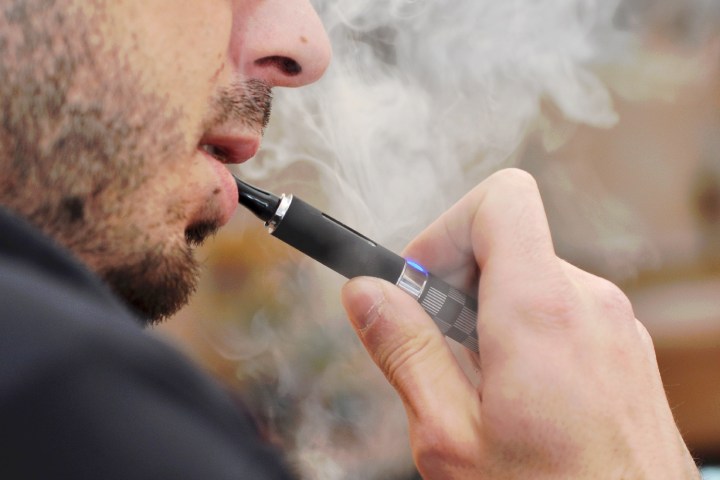While counterfeit THC cartridges have long been suspected as the main culprit behind a rash of vaping-related lung illnesses and at least 12 deaths, it wasn’t until Friday that the Centers for Disease Control and Prevention (CDC) publicly put the blame for the outbreak on THC products.
The agency says that 77% of the now 805 “confirmed and probable” cases of lung damage linked to e-cigarettes involved people using either THC or both THC and nicotine vaping products. However, 16% reported using only nicotine vapes, suggesting that some nicotine products may have substances causing the rash of lung illnesses reported nationwide.
The CDC says that Vitamin E acetate (oil) is believed to be the primary culprit at the moment. The substance, while safe for use in topical creams, can cause a variety of reactions when inhaled, including shortness of breath, chest pain, coughing, fatigue, and fever — in the worst-case scenarios, it can cause coma and death.
As a result of this data, the CDC says that everyone should refrain from using e-cigarette products, especially those that contain THC.

“CDC has made it a priority to find out what is causing this outbreak of lung injuries and deaths, and we’re making progress,” the agency’s director, Robert R. Redfield, said in a statement. “We continue to work 24/7 with state partners and [the U.S. Food and Drug Administration to protect] our nation from this serious health threat.”
The news comes as multiple states move to ban e-cigarette products. Most recently, Washington Gov. Jay Inslee moved to ban flavored vaping products in that state.
In addition to the statistics released Friday, the CDC also detailed a report focusing on Illinois and Wisconsin, which found that nearly every case reported in those two states were the result of illicit THC vapes purchased “from informal sources such as friends, family members, illicit dealers, or off the street.”
Finding the true cause of the outbreak may take quite a bit of time, however. In a call with reporters Friday afternoon, CDC officials said pinpointing an exact culprit is difficult given the number of cases and the wide variety of products used by those affected.
So far, cases have been reported in 46 states including the U.S. Virgin Islands. The median age of those affected is 23, and nearly two-thirds of all patients are between the ages of 18 and 34, according to CDC data.
Legal cannabis industry responds
Even before Friday’s announcement pinning the blame on THC products, the legal cannabis industry nationwide made an effort to get out ahead of the news. Over the past few weeks, growers and processors nationwide have released statements denying the use of Vitamin E acetate and a host of other ingredients that are known to cause lung irritation in some individuals.
“We will continue to regulate ourselves to the highest standard because it’s the right thing to do,” said Cresco labs, and 11-state cannabis growing company, in a statement assuring customers that they don’t use Vitamin E acetate.
The claims are hard to independently identify, however, as the tests growers and processors must submit to don’t test for many of these substances, Vitamin E acetate included. But so far only one case in Illinois appears to be linked to a product bought at a legal dispensary. Those purchasing THC vapes through legal means should be in a better position, though the CDC still recommends avoiding e-cigarettes altogether.
However, those who are not run the risk of potentially exposing themselves to the substances behind the rash of illnesses. Among the brand names from the black market said to be affected include Chronic Carts, Dank Vapes, West Coast Carts, and West Coast Cure according to news reports.


